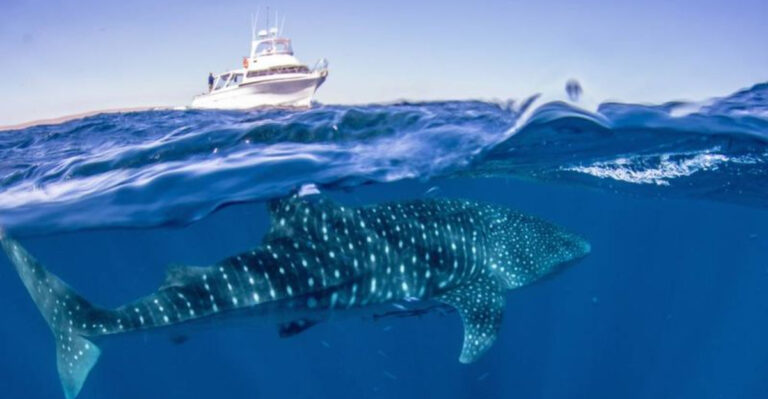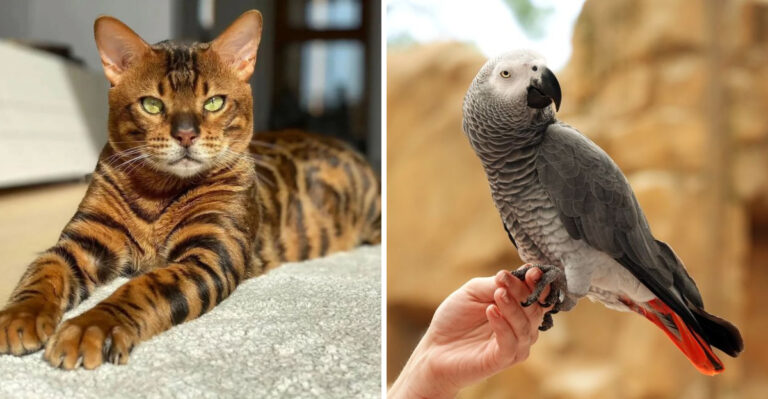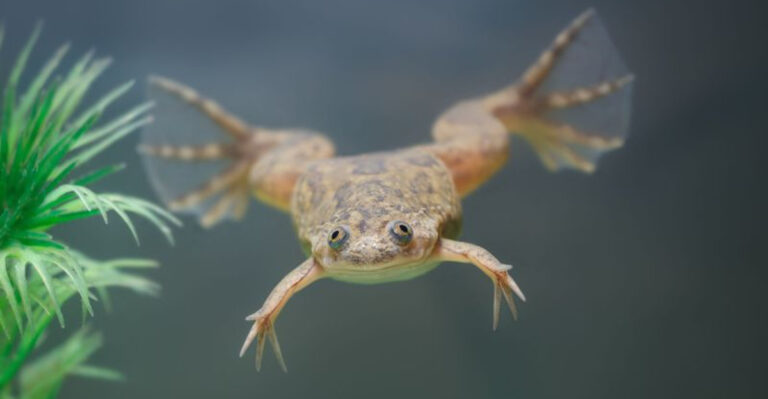How Big Cats Are Tracked And Studied In The Wild

Studying elusive big cats like lions, tigers, and jaguars presents unique challenges for wildlife researchers. Scientists have developed clever methods to track these magnificent predators without disturbing their natural behaviors.
From high-tech gadgets to ancient tracking skills, these approaches help us understand big cat populations, territories, and habits while supporting vital conservation efforts.
1. Camera Traps

Hidden eyes in the forest capture big cat secrets without human interference. These weatherproof cameras spring to life when an animal crosses their infrared beam, snapping photos or videos instantly.
Scientists place them strategically along game trails, near water sources, or marking trees. The resulting images help identify individuals through unique spot patterns or facial markings, while also documenting rare behaviors like nocturnal hunting techniques or courtship rituals.
2. Radio Telemetry

Before GPS technology, radio tracking was the gold standard for following big cats. Animals wear VHF transmitter collars emitting unique frequency signals that researchers detect using handheld antennas. Field teams trek through difficult terrain, stopping regularly to triangulate signals from different directions.
Though labor-intensive, this method creates personal connections between researchers and their subjects. Many discoveries about leopard hunting behaviors came from dedicated scientists following radio signals through African nights.
3. DNA Sampling From Scat
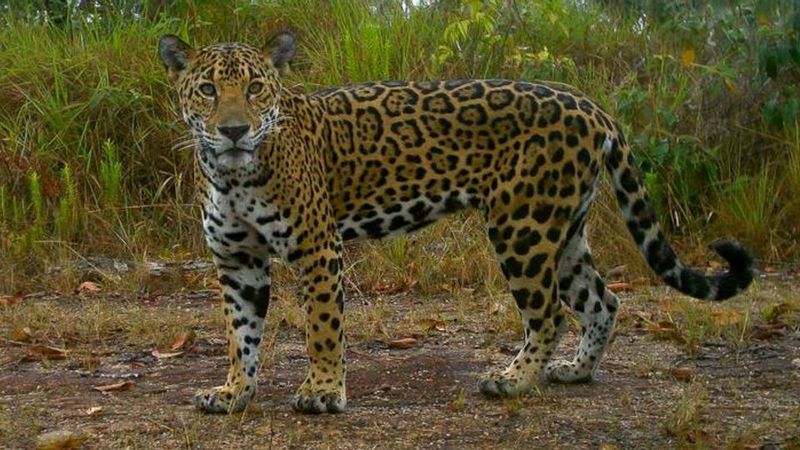
Big cat poop contains scientific treasure! Researchers carefully collect fresh scat samples during field surveys, storing them in special preservative solutions that protect the genetic material. Lab analysis extracts DNA to identify individual cats, revealing family relationships and population health.
The undigested contents also show dietary preferences and hunting success rates. Some projects have identified entire tiger populations without ever seeing a single cat, just by analyzing their droppings.
4. Paw Print And Track Analysis
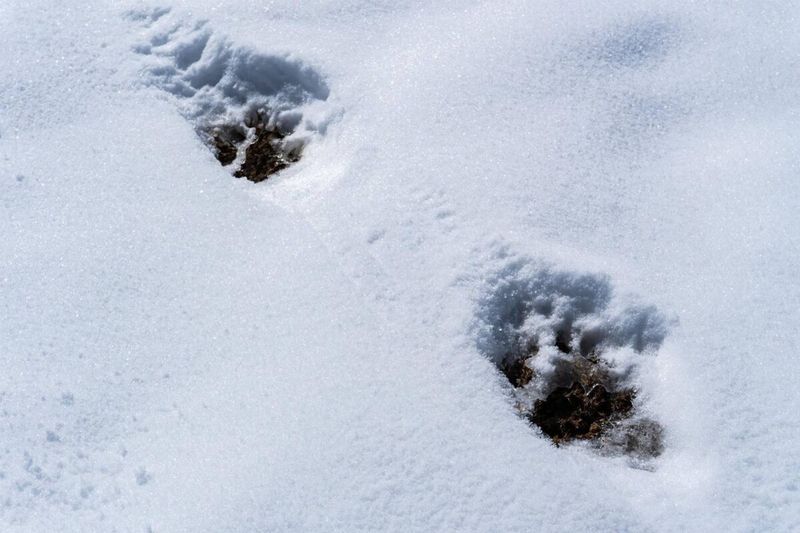
Ancient tracking skills meet modern science when researchers study big cat footprints. Experienced trackers can distinguish between species, identify individuals, and determine age, sex, and even the animal’s mood from subtle print variations.
Scientists make plaster casts of exceptional prints for detailed measurement and computer analysis. Tracking teams follow print trails for miles, documenting hunting attempts, territorial patrols, and social interactions. This low-tech approach works even in remote areas where electronics fail.
5. Drone Surveillance

Eyes in the sky revolutionize how researchers monitor big cats across vast landscapes. Quiet drones equipped with high-resolution or thermal cameras fly programmed routes over potential habitat, capturing imagery that would require weeks of ground surveys.
The aerial perspective reveals hidden movements through dense vegetation. Thermal imaging particularly helps locate nocturnal cats during cooler hours. Conservation teams also use drones to monitor protected boundaries for poaching activities that threaten cat populations.
6. Acoustic Monitoring
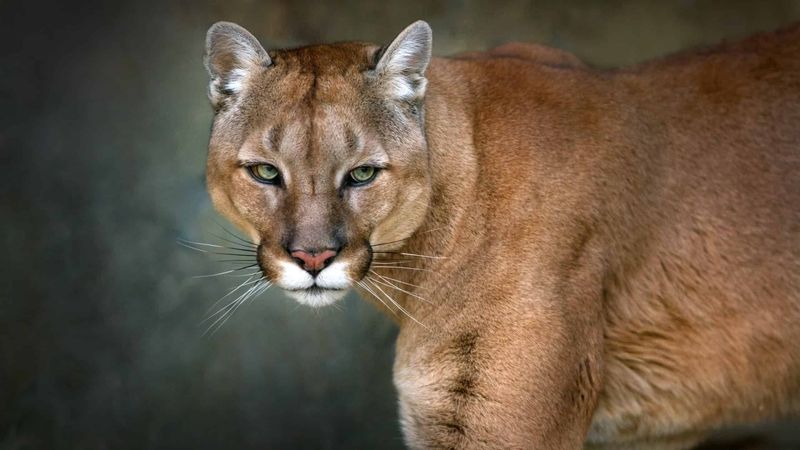
The jungle tells its secrets through sound. Researchers place specialized recording devices throughout big cat territories to capture roars, growls, and territorial calls that might occur only a few times monthly. Computer algorithms analyze these recordings to identify individual cats by their unique vocal signatures.
Sound monitoring helps estimate population density without physical capture. Fascinating discoveries include how tigers use specific roaring patterns to communicate territorial boundaries with neighboring cats.
7. Satellite Imaging
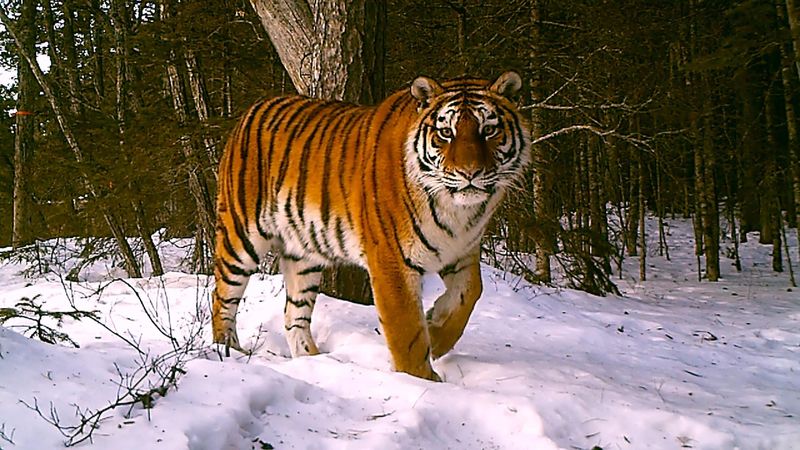
From hundreds of miles above Earth, satellites help protect big cats by monitoring their habitats. Researchers analyze vegetation changes, human encroachment, and landscape connectivity using regularly updated imagery.
This bird’s-eye view helps identify crucial wildlife corridors connecting isolated populations. When combined with GPS collar data, scientists can see how cats respond to environmental changes like fires or development.
Some advanced programs can even detect potential poaching camps before they threaten local cat populations.
8. Behavioral Observation

Sometimes the best research comes from simply watching. In places like Africa’s Serengeti, lions have grown accustomed to safari vehicles, allowing researchers to observe natural behaviors from a respectful distance.
Field biologists spend thousands of hours documenting hunting techniques, cub-rearing practices, and social dynamics. Long-running observation projects have revealed fascinating insights about lion pride structure and cheetah hunting success rates.
This patient approach provides context for data collected through other methods.
9. Hair Snag Stations

Curious cats can’t resist investigating interesting scents, a trait researchers exploit with hair collection stations. These simple setups use lures like catnip, vanilla, or prey scents to attract big cats to rub against rough surfaces or barbed wire.
The cats leave behind tufts of fur containing DNA and stress hormones. Unlike trapping, this non-invasive approach collects valuable samples without disturbing the animals.
One Canadian lynx study identified 74 different individuals using just hair samples collected from strategically placed stations.
10. GPS Collar Tracking
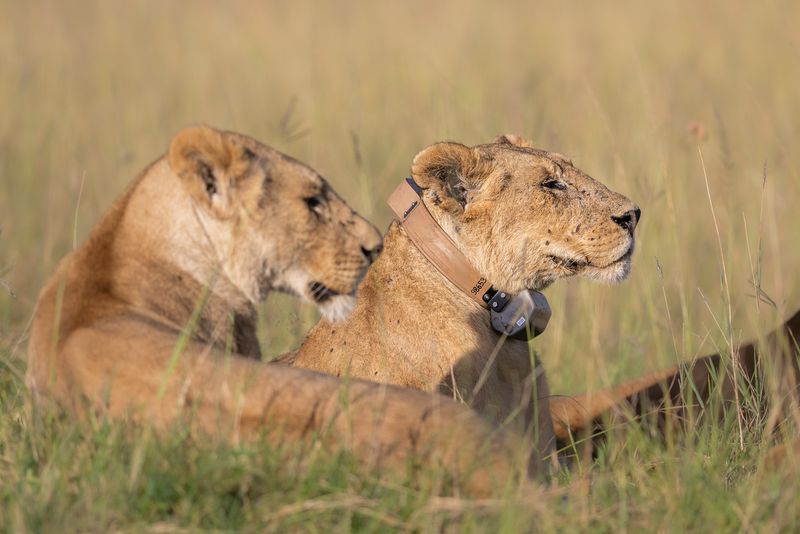
Modern conservation relies heavily on GPS collar technology. These lightweight devices attach comfortably around a sedated cat’s neck, transmitting location signals to satellites several times daily.
Researchers receive detailed movement maps showing hunting patterns, territory boundaries, and seasonal migrations. The battery-powered units can function for years, revealing previously unknown behaviors like how far male lions travel when establishing new territories.
11. Artificial Intelligence In Image Sorting
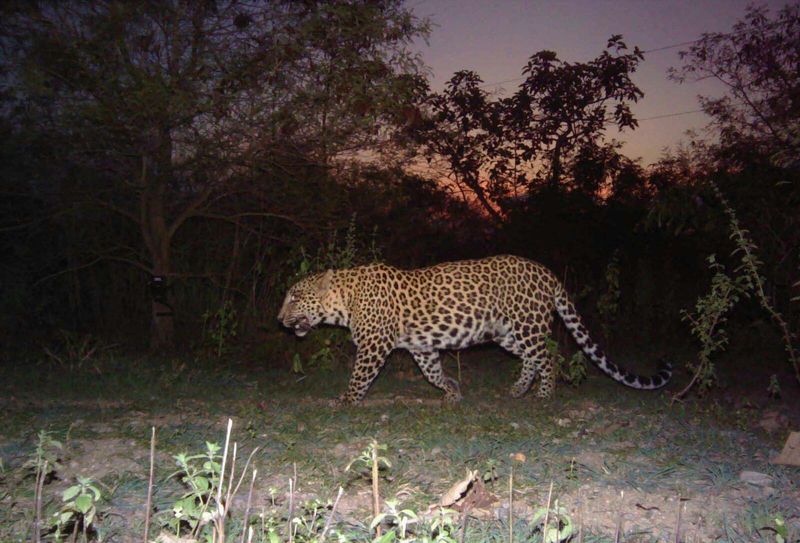
Modern cat research generates millions of photos that would take humans years to analyze. AI algorithms now scan through camera trap images in hours, identifying species and even recognizing individual animals by their unique coat patterns.
These smart systems learn to distinguish between similar-looking cats and can detect subtle behaviors like territorial marking. Citizen scientists help train these programs by reviewing initial identifications.
The technology dramatically speeds up research while allowing scientists to focus on interpreting results rather than sorting photos.
12. Radioisotope Analysis
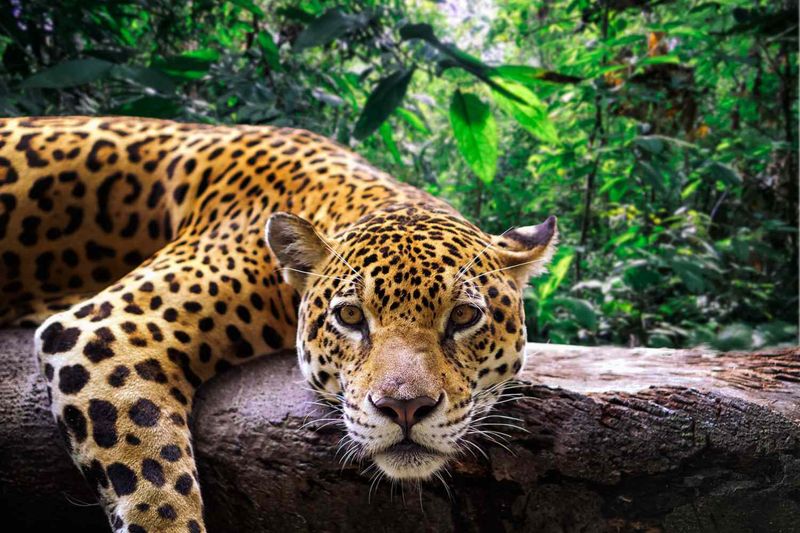
Big cats carry chemical diaries in their bodies. Scientists analyze whiskers, teeth, or small tissue samples for naturally occurring isotopes that vary based on diet and location. These chemical signatures reveal migration patterns and food preferences without continuous tracking.
Each whisker segment represents a different time period, creating a timeline of the cat’s movements. Researchers discovered that some male tigers travel over 100 miles seeking new territory by examining isotope patterns in their whiskers.
13. Community-Based Reporting
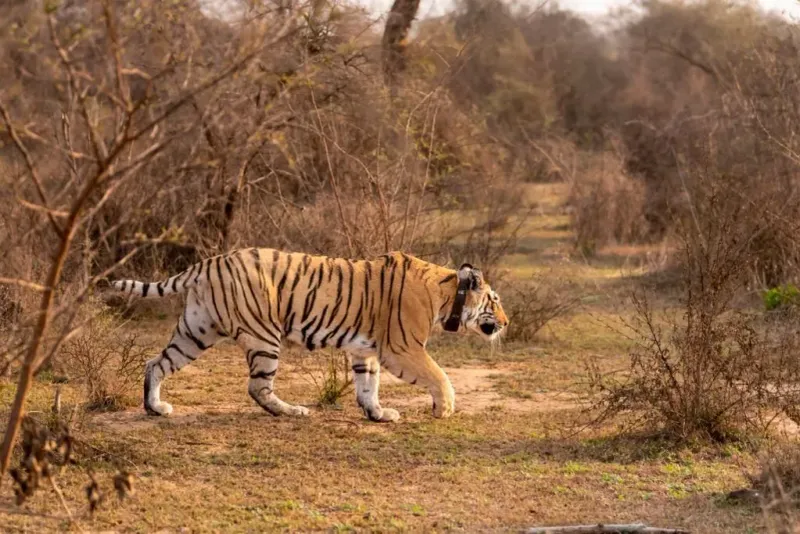
Local knowledge often surpasses scientific equipment in remote regions. Conservation programs train community members living alongside big cats to document sightings, tracks, and potential conflicts using smartphones or simple forms.
Indigenous trackers bring generations of observational skills that complement high-tech approaches. Their intimate understanding of local environments helps researchers place equipment effectively.
This collaborative approach also builds crucial support for conservation efforts among people who share landscapes with potentially dangerous predators.

